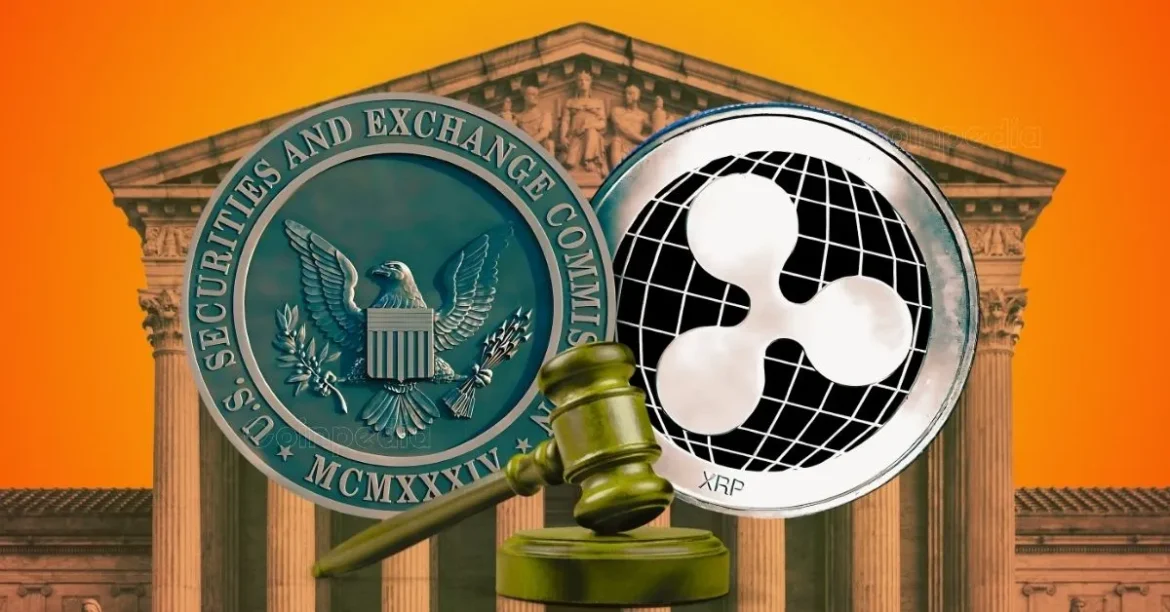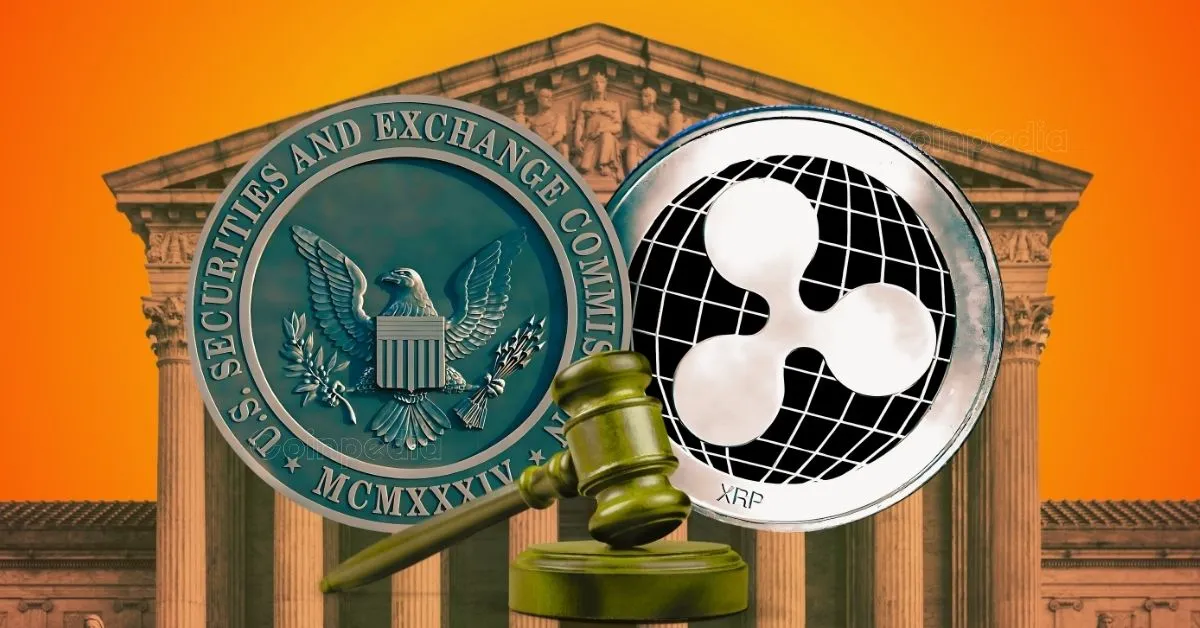The Ripple vs. SEC Lawsuit: Unpacking Recent Developments and Their Impact on XRP and the Crypto Industry
—
Background: A Prolonged Legal Battle
Since 2020, Ripple Labs Inc. has been embroiled in a high-profile legal battle with the U.S. Securities and Exchange Commission (SEC). The regulator claimed Ripple unlawfully raised funds by selling XRP tokens considered unregistered securities. Over multiple years, the case featured motions, rulings, counterarguments, and fluctuating market reactions — culminating in a substantial $125 million penalty levied against Ripple.
This ongoing conflict has shaped perceptions about XRP’s regulatory status and influenced broader crypto market sentiment, especially for tokens straddling the line between securities and commodities.
—
The $50 Million Settlement Proposal: Why It Was Rejected
One of the most recent twists in the case involved a joint effort by Ripple and the SEC to settle the dispute by reducing Ripple’s penalty from $125 million to $50 million, and to lift certain injunctions that had constrained Ripple’s operations. This mutual proposal was filed under Rule 60, a procedural vehicle that requires “exceptional circumstances” to modify court judgments.
However, Judge Analisa Torres denied the proposed settlement motion, citing procedural improprieties and the absence of such exceptional circumstances. She emphasized that relief from the judgment would be “granted only upon a showing of exceptional circumstances” — a standard the filing failed to satisfy. The judge’s decision effectively kept the $125 million penalty intact and maintained the injunction preventing Ripple from marketing XRP as anything other than compliant with legal directives.
This rejection marks a significant procedural roadblock. While the settlement offered a lower fine and reduced regulatory constraints, the court’s insistence on strict adherence to procedural rules underscores the complexity of resolving regulatory disputes that intersect with emerging technologies.
—
Ripple’s Legal Wins Amid Continuing Challenges
Despite the setback regarding the settlement proposal, Ripple has achieved notable victories in court during this drawn-out lawsuit. A previous ruling partially favored Ripple by clarifying that XRP sold on secondary markets does not qualify as an unregistered security transaction, distinguishing it from sales directly orchestrated by Ripple. This nuanced interpretation helped define regulatory boundaries and reduced Ripple’s potential liabilities.
Ripple’s leadership remains optimistic, viewing these rulings as foundational wins to advance their case and business operations. They argue that the SEC’s enforcement approach represents regulatory overreach, and the court decisions reflect a more balanced understanding of how blockchain assets like XRP should be classified.
Yet, challenges linger. The $125 million penalty still stands, and the injunction’s restrictions on Ripple’s token sales and marketing practices limit the company’s full market engagement. Furthermore, the legal process remains unresolved, with jurisdiction retained by the court until mid-2025 to monitor compliance and any further filings.
—
Market Reactions and Future Outlook for XRP
The lawsuit developments heavily impact XRP’s price and market expectations. Initial news of the SEC dropping its case triggered a substantial rally, pushing XRP prices upward by double digits and sparking speculation about a potential spot XRP exchange-traded fund (ETF) approval. However, subsequent announcements, including the dismissal of the $50 million settlement proposal, resulted in a more muted response, with XRP registering modest gains around 1.7%.
The anticipation around resolution fuels ongoing volatility. If the SEC eventually drops its appeal or if a final settlement is reached that reduces penalties or eases restrictions, XRP could benefit from renewed investor confidence and regulatory clarity. Conversely, protracted litigation, ongoing appeals, or adverse rulings could dampen enthusiasm and constrain price growth.
Moreover, Ripple’s insistence on regulatory clarity and compliance may serve as a blueprint for other crypto companies navigating the uncertain U.S. regulatory landscape. Confirmation of XRP’s status outside of unregistered securities could pave the way for broader adoption, spot ETF approvals, and innovation in blockchain-based financial services.
—
Legal and Regulatory Implications Beyond Ripple
The Ripple vs. SEC saga underscores a crucial theme in cryptocurrency regulation: how tokens are classified and regulated has profound consequences for markets, innovation, and investor protections. The case highlights tensions between regulatory agencies attempting to impose existing frameworks on new technologies and companies advocating for tailored approaches that recognize blockchain’s unique characteristics.
Judge Torres’s rulings and the nuanced distinctions made between different sales channels set important precedents. These decisions influence regulators’ and courts’ future approaches to crypto enforcement. A partially favorable outcome for Ripple may embolden other firms to challenge regulatory actions perceived as heavy-handed or mismatched with decentralized technology realities.
Additionally, the procedural strictness demonstrated in rejecting the settlement proposal illustrates the judiciary’s insistence on due process and proper legal grounds in settlements. This precedent signals that resolving crypto disputes will not be merely about negotiation but also about meeting rigorous legal standards.
—
Conclusion: A Turning Point for Ripple and the Industry
The recent judicial rejection of Ripple and the SEC’s settlement proposal keeps the legal battle alive, preserving the $125 million penalty and ongoing injunctions. While this represents a setback, Ripple’s earlier victories and continued negotiation efforts signal the dispute is far from over. The case remains a bellwether, intimately tied to XRP’s market fortunes and the broader evolution of U.S. crypto regulation.
For Ripple, navigating this complex legal terrain demands strategic patience and adaptability. For investors and the crypto ecosystem, the outcome will resonate beyond just one token—potentially shaping how digital assets are regulated, traded, and integrated into traditional financial systems.
As the next critical deadlines approach in mid-2025, all eyes remain fixed on Ripple’s maneuvering within these intense regulatory and judicial frameworks, hopeful for clarity that balances innovation with investor safeguards. Whether it heralds the final chapter or another cycle of challenge, this ongoing saga exemplifies the fraught yet fascinating intersection of law, technology, and finance in the cryptocurrency era.





